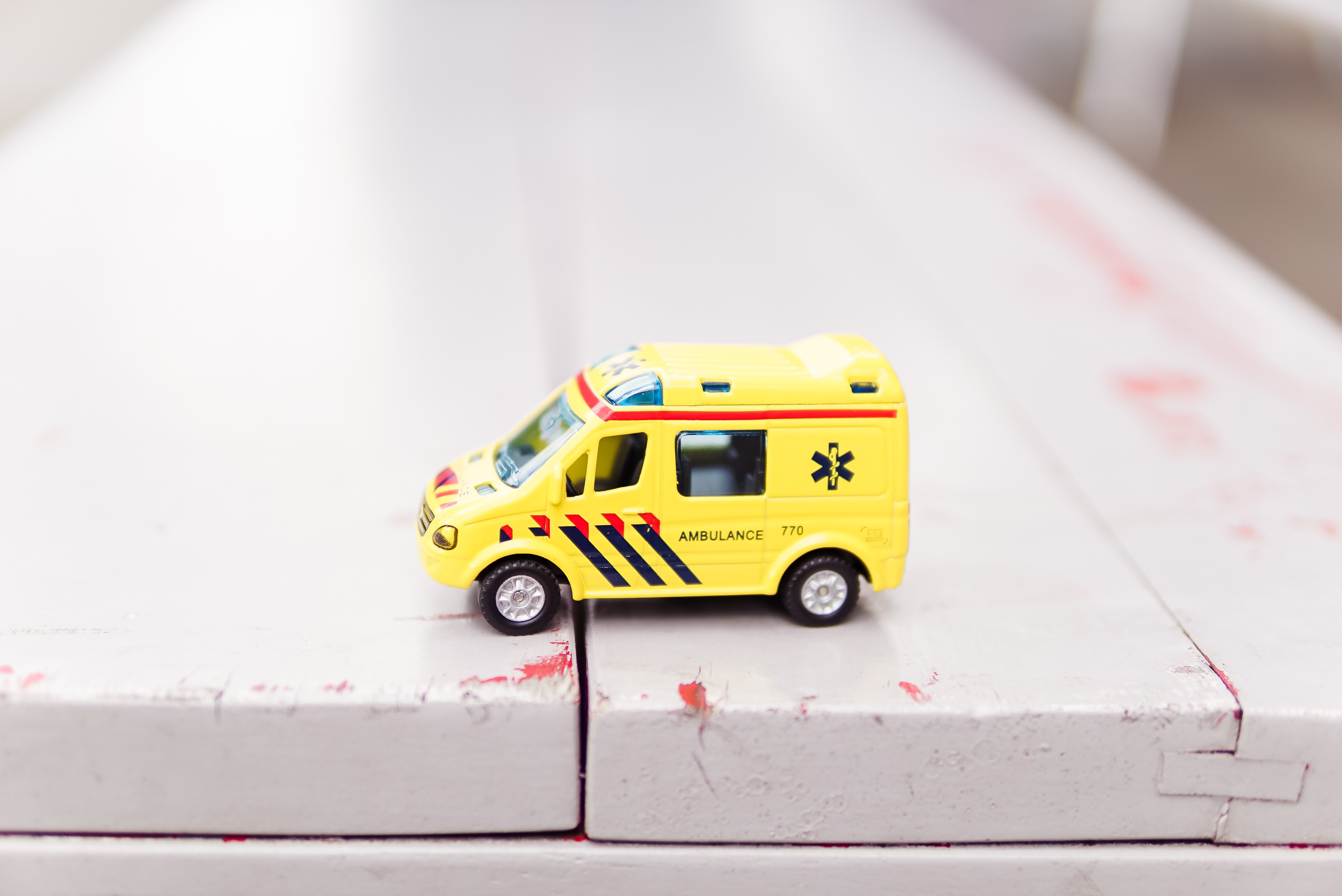How can technology move healthcare from therapeutic to preventive.

Oumnia El Khazzani
about 7 years ago

Thou shall treat the sick.
Back at the time of the ancient Greeks, the practice of medicine was sealed by the Hippocratic Oath that ensures physicians respected a certain set of ethics.
What the oath also reveals is the ruling paradigm of medicine at that time - a practice that heals the sick (“Into whatsoever houses I enter, I will enter to help the sick […]”).
Considering that modern medicine is in the lineage of Greek learnings of the practice, it is not surprising that the dominant mindset has been carried on: modern medicine is practiced as a healing art, based on a process where the patient comes to a physician with symptoms, and the doctor’s job is to understand the symptoms and, if applicable, the disease that is triggering them, and then apply the right measure, be it treatment or a surgical intervention.
The new paradigm: preventive medicine.
However, the need for preventive health care is blatant. An increasing number of people are getting sick from diseases that could be prevented.
A report from the World Health Organization (WHO) mentioned in 2017: “Noncommunicable diseases (NCDs), such as cardiovascular diseases, cancer, Diabetes and chronic respiratory diseases, are the leading global cause of death and are responsible for 70% of deaths worldwide.”
The result is an increasingly unhealthy population, as well as a high health care bill, for governments and households. The amount of money that is dedicated to curing preventable disease is a resource that could be allocated to other challenges, such as poverty, as does the WHO mention: “[…] with respect to cardiovascular disease, chronic respiratory disease, cancer, diabetes and mental health, the macroeconomic simulations suggest a cumulative output loss of US$ 47 trillion over the next two decades. This loss represents 75% of global GDP in 2010 (US$ 63 trillion). It also represents enough money to eradicate two dollar-a-day poverty among the 2.5 billion people in that state for more than half a century.”
Alternative health care
Europe has understood the importance of a paradigm shift in the way we consider and practice health care.
Countries have started giving credit and introducing alternative medicines such as Ayurveda, an Indian practice focused on disease prevention. In Germany, for example, alternative healthcare is offered as part of the primary health care practice.
However, the introduction of alternative medicine has not gone unnoticed, triggering opposition from the medical body which considers this type of medicine a non-scientific one.
The other way: technology.
Another tool that governments and health care are looking at to allow the paradigm to shift is technology. And this tool is much widely accepted by medical staff and practitioners.
Blockchain has the potential to streamline large areas of hospitals and health administration operations (we provide an in-depth analysis here).
Machine Learning and Artificial Intelligence (AI) are two other technologies that will transform the industry, for the better: healthier people, and substantial savings for the industry:
It has been estimated by Accenture in a recent study that the application of AI to the US has the potential to “create $150 billion in annual savings for the United States healthcare economy by 2026”
The savings the technology can generate are all resources that can be re-allocated to funding R&D, improving services, developing new machinery, and so on.
The top X applications of AI for preventive health care:
Predictions:
Patient data is the input for algorithms to create predictions on infections, diseases, and other conditions.
Hospitals, health governmental institutions, and practices are galore with data. Algorithms can feed and train on electronic health records, medical imagery, biomarkers (e.g. blood samples), as well as genomics.
The depth AI can reach makes it great at creating predictions about a set of patients or an individual.
Empowered patients.
Access to health professionals and nurses from home, this is what AI-powered nurse assistants are already offering to patients throughout the US. Companies such as Sense.ly and Care Angel have developed virtual assistants accessible on phones and tablets that support patients with questions and medical inquiries.
A report released by Syneos Health Communications showed that 64% of patients surveyed said they felt comfortable with such apps to assist them with their medical questions. If the medical concern cannot be solved by the AI, the app can then put the patient in contact with a health care professional, without having to visit the practice or hospital.
Knowing how congested these institutions can be, this process will save time and money, and allow doctors to give more attention to urgent situations.
Besides nurse assistants, wearable devices and health apps empower patients to monitor and improve their health.
Diagnosis:
Universities and research centers across the globe are building AI and ML models and training them on data such as pictures and speech in order for them to be able to come up with the diagnosis. The results are compelling.
A team from the Beth Israel Deaconess Medical Centre and Harvard Medical School built a deep learning model which could diagnose tumors at a success rate of 92%. The success rate of human doctors was 96%. The real result came from combining both machine and human diagnosis, which led the percentage to 99.5%.
Researchers from Stanford University achieved promising results in the oncology department, with an AI that was able to detect skin cancer with the same success rate as a panel of 21 dermatology experts.
Early diagnosis one of the most powerful solutions to complications and developed sickness. For example, the Cancer Research charity (UK) shares on their website that “90% of women diagnosed with the earliest stage ovarian cancer survive their disease for at least 5 years compared to around 5% for women diagnosed with the most advanced stage of the disease.” This statement can be applied to a large array of diseases.
Accurate and early diagnosis will support a shift towards preventing diseases before they reach a risky or incurable state.
## Tomorrow is now.
All of the above-mentioned applications are happening right now. Companies such as AliveCor, BayLabs or Freenome are just a few of a long list of disruptors of the healthcare industry.
The impact of AI in the industry is crystal clear: a healthier population, consequent $ savings for the entire industry. Overall, a more efficient health care system, and what can be the biggest paradigm shift in medicine since the Hippocratic Oath.
This analysis was brought to you by Swish Healthcare Experts. We power the transformation of Health Care through cutting-edge technology in AI and ML.
If you are a research lab looking for a tech partner, we’re glad to help.
Are you a healthcare institution with the ambition to integrate AI into your operations? We can help. Let’s chat.